Search
Remove Ads
Advertisement
Summary 
Loading AI-generated summary based on World History Encyclopedia articles ...
Search Results
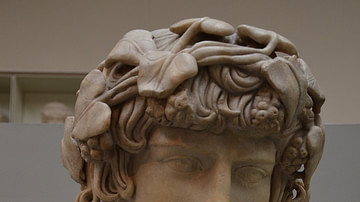
Definition
Antinous
Antinous (l. c. 110-130 CE) was a youth of Bithynia who became the beloved of the Roman emperor Hadrian (l. 76-138 CE, r. 117-138 CE) from around the age of 13 until his death at nearly 20. His year of birth is unknown as are any details...

Definition
Hadrian
Hadrian (l. 78-138 CE) was emperor of Rome (r. 117-138 CE) and is recognized as the third of the Five Good Emperors (Nerva, Trajan, Hadrian, Antoninus Pius, and Marcus Aurelius) who ruled justly. His reign marked the height of the Roman Empire...

Image
Antinous as Silvanus
Marble relief depicting Antinous as Silvanus (god of woods and fields) harvesting grapes. Antinous is wearing a pine wreath and the exomis, the Greek tunic fastened over the left shoulder only. He is accompanied by a hound and carries a pruning...
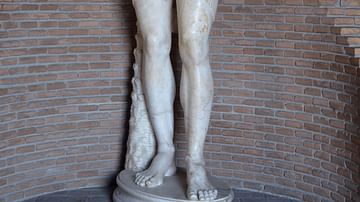
Image
Antinous as Osiris
Statue of Antinous as Osiris in white marble, 131-138 CE, probably found in the Antinoeion at Hadrian's Villa (a sanctuary dedicated to Antinous). Now in Vatican Museums (Gregorian Egyptian Museum).

Image
Antinous as Dionysus
Marble bust of Antinous as Dionysus, from Rome, 130-140 CE. (British Museum)
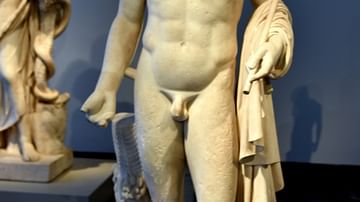
Image
Antinous as Omphalos Apollo
This torso, amended to resemble the statue of the Capitoline Antinous in Rome, belongs to a series of ancient copies of the so-called "Omphalos Apollo". This famous Greek original from around 460 BCE is preserved in several ancient copies...
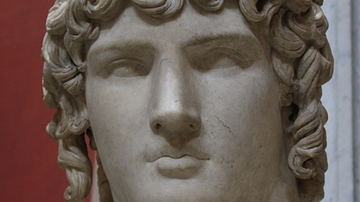
Image
Antinous, Vatican Museums
A bust of Antinous, favourite of emperor Hadrian. From Hadrian's Villa, Rome, sculpted between 130 and 138 CE. (Vatican Museums, Rome)

Image
Antinous as Dionysus
Colossal statue of Antinous as Dionysus. It is exhibited at the Ny Carlsberg Glyptotek in Copenhagen (Denmark).
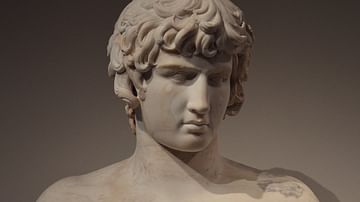
Image
Antinous, Altes Museum
Bust of Antinous, 130-140 CE, from Rome. (Altes Museum, Berlin)
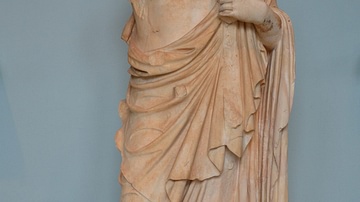
Image
Antinous as Asclepius from Eleusis
Statue of the deified Antinous represented as Asclepius, found in the outer court of the sanctuary of Demeter and Kore at Eleusis (Greece) which it apparently adorned, 2nd century CE. (Archaeological Museum of Eleusis)